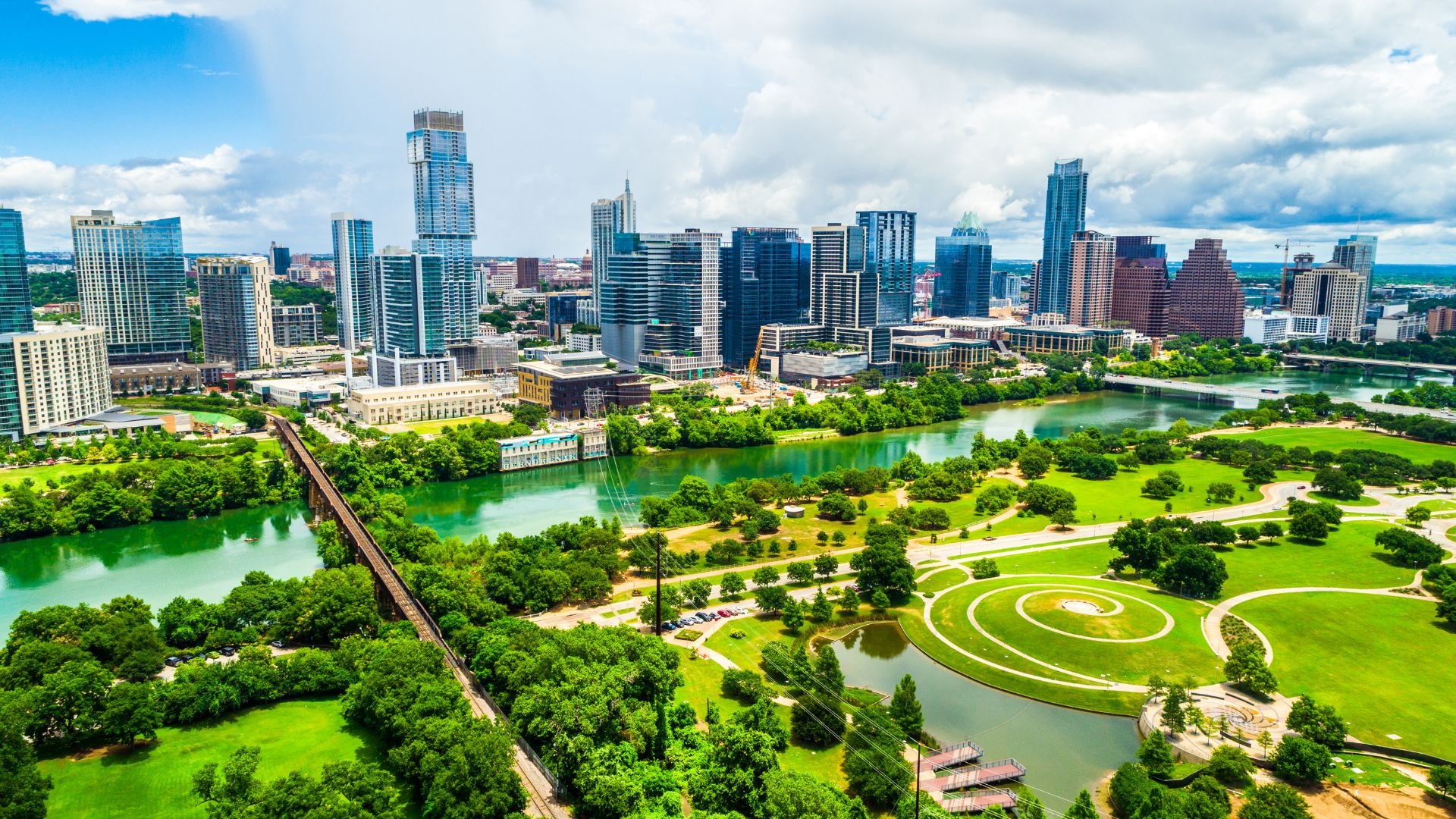Austin, Texas is renowned for its vibrant culture, booming tech industry, and unique charm. But one crucial question remains for potential residents: Is Austin safe to live in? Safety is a key consideration for anyone moving to a new city, and understanding the safety landscape in Austin can help you make an informed decision. Here, we delve into crime rates, safe neighborhoods, and the city’s efforts to maintain a secure environment.
When examining the safety of any city, crime statistics are a fundamental aspect. According to recent data, Austin’s crime rates are comparable to other major cities in the United States. While it does experience incidents of crime, both violent and property-related, it’s essential to view these numbers in context. The overall crime rate in Austin is influenced by various factors, including population density and economic conditions.
In terms of violent crime, Austin’s rates are lower than many other metropolitan areas. The city has a proactive police force dedicated to community policing and crime prevention. However, as with any urban area, certain neighborhoods may have higher crime rates than others. Understanding these nuances can help you choose a safe and suitable place to live.
One of Austin’s strengths is its array of safe neighborhoods. Areas like West Lake Hills, Rollingwood, and Circle C Ranch are known for their low crime rates and family-friendly environments. These neighborhoods often feature well-maintained parks, excellent schools, and active community associations that work together to ensure safety and security. Additionally, downtown Austin, while busier, has a significant police presence and numerous amenities that contribute to a vibrant yet secure urban lifestyle.
Austin’s commitment to safety extends beyond policing. The city invests in numerous community programs aimed at crime prevention and neighborhood improvement. Initiatives such as neighborhood watch programs, community outreach by the Austin Police Department, and various youth engagement projects all play a role in fostering a safe community atmosphere. The city also encourages residents to participate in safety measures, from attending public safety meetings to being vigilant about their surroundings.
Moreover, the city’s infrastructure is designed with safety in mind. Austin boasts well-lit streets, accessible public spaces, and a focus on pedestrian and cyclist safety. Efforts to improve traffic safety, such as Vision Zero, aim to reduce traffic-related injuries and fatalities through better street design, education, and enforcement.
Natural disaster preparedness is another facet of living safely in Austin. The city is generally not prone to severe natural disasters like hurricanes or earthquakes. However, it does experience occasional flooding, especially during heavy rain seasons. The city’s flood management systems and emergency response teams are well-equipped to handle such situations, ensuring residents’ safety and minimizing damage.
While crime rates and statistics provide a broad picture, personal safety in Austin can also be influenced by individual actions and awareness. Staying informed about your neighborhood, engaging with local community groups, and utilizing city resources can significantly enhance your sense of security. Austin’s strong sense of community and active citizen participation are key factors that contribute to its overall safety.
In conclusion, Austin, Texas, offers a relatively safe environment for its residents, with many neighborhoods known for their security and community spirit. By staying informed and proactive, you can enjoy all that this vibrant city has to offer while feeling secure in your new home. Whether you’re moving to Austin for its dynamic job market, its rich cultural scene, or its welcoming communities, safety is a manageable and well-addressed aspect of life in this bustling city.
Planning your visit to Austin or looking for more insights on local real estate? Call or Text Brendan Sanford today at (512) 696-0673, or email at [email protected].
